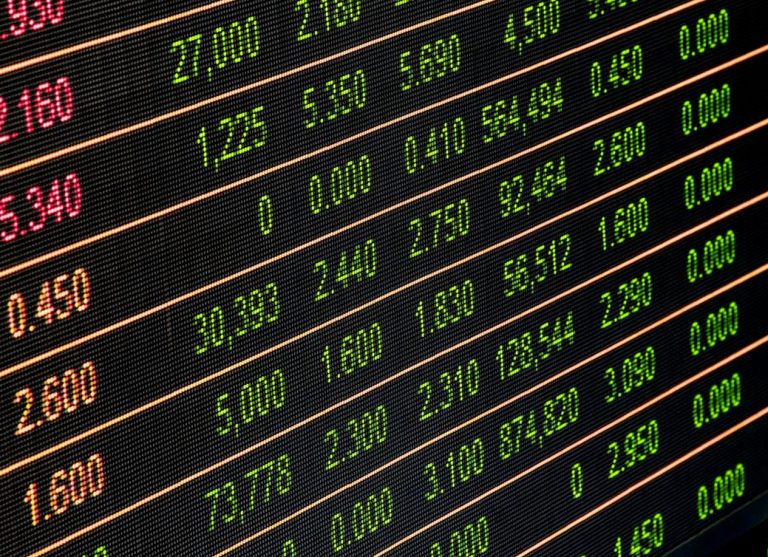
Daily Brief – Investment
Investment
The composition of foreign investment plays a significant role in aggregate foreign exchange flows. All investment levels are important when considering the propensity for growth within a given economy. But overseas investment has a more direct impact upon the FX market. Typically, in good times, you can observe a higher allocation in favour of emerging markets. Sanguine economic expectations not only create an environment where emerging market economies can grow faster, but also a higher level of confidence often skews the risk calculation. Conversely, due to a lower growth propensity, developed market economies often struggle to attract a significant allocation of foreign direct investment.
That was of course until Covid. According to the IMF, almost one-third of all cross border investment since 2020 has flowed into the US. One of the most important factors cited in the publication has its origins in the shortage of US Dollars evident within the pandemic. During the pandemic, a surge in USD demand couldn’t be met without severe price swings in the FX market. In response, the US opened swap lines to provide ample USD liquidity. This provision from the Fed allowed the US Dollar to recede rapidly. However, it appears the lesson of the Dollar shortage wasn’t forgotten and according to the IMF has motivated much of the post-Covid allocation of overseas investment.
The IMF also noted the role of sanctions following the Russian invasion of Ukraine as a factor in the resurging hegemony of the US Dollar/US investment base. The rise in direct overseas US-bound investment will have inevitably provided a tailwind to the Dollar over this lengthy period. It also seems appropriate to mark the liquidation risk of such investment allocations, which could prove Dollar negative, as negligible. Based upon the enduring and immobile factors behind the investment trend, when viewed within the context of our late cycle global growth, US investment allocation could be here to stay for some time.
Discussion and Analysis by Charles Porter

Related Insights

Daily Brief – Inflation’s peak?
Inflation’s peak? Yesterday’s publication of the latest UK inflation report will be welcomed by households and the government alike. The report released prior to the market open yesterday showed UK inflation to September remained stable month-on-month. That might not sound like a whole lot at face value, but it is in fact critical that headline […]

Daily Brief – Calling time on Swissy
Calling time on Swissy Switzerland’s Franc may be destined to faulter under its own weight. Despite rock bottom interest rates, the Swiss Franc has been a significant beneficiary of the post-Covid and Trump2 world. EURCHF, a key barometer of European risk, shows some 20-cents worth of Swiss rally post-Covid. The pair has dropped from well […]

Daily Brief – A testing week
A testing week Markets so far have largely endured the admonitions coming from significant figures within the world of finance. The Bank of England’s own Andrew Bailey’s warnings of the risks of a market crash were uncommon for an MPC chair and initially took markets aback. Shortly thereafter, prominent figures warned of a pre-Halloween fright […]


